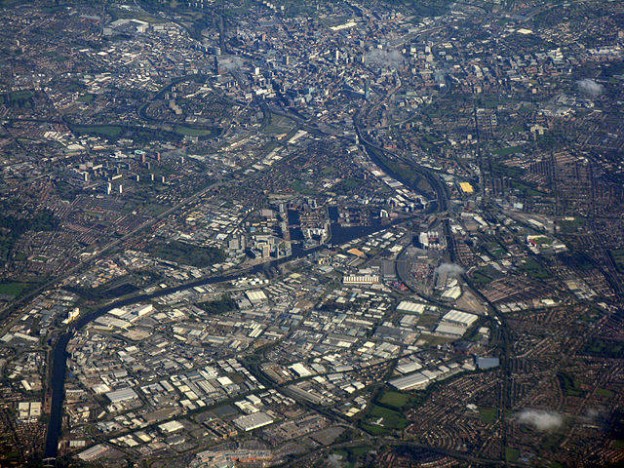A look at the plastic material which is suitable for engraving
Cast your mind back to 1927 when Trafford Park, Europe’s first industrial estate, was in full swing. The industrial estate was dominated by Metropolitan Vickers, which in its prime employed 10,000 people. With the formation of the Central Electricity Board (which led to the creation of a national power grid network), 1927 was a record year for Metrovicks. During the same year, there was a quiet revolution at Trafford Park, incidental to changes in Britain’s electrical supply: the creation of Traffolyte.
Traffolyte’s timing neatly coincided with the dawn of the ‘National Gridiron’, conceived by a committee headed by Lord Weir in 1925. Its fate was sealed as a suitable labelling material for electrical insulators, switchgear, and substations. One upside of the material is its strength and the clarity of its engraved signage.
In 1945, the process and intellectual property rights to the material’s manufacturing process were sold to De La Rue Insulations before they pulled out of the market. The Metropolitan Vickers works in Trafford Park is no more, closing on the 30 June 2000. De La Rue are still going, with banknotes and lottery tickets the best-known stock in trade. Needless to say, Traffolyte outlived its birthplace.
What is Traffolyte?
The material itself is polymer-based phenolic plastic. Phenolic plastic is based on carbolic acid, whose dust can cause respiratory problems. It was originally extracted from coal tar. Today, phenolic plastic is extracted from petroleum.
A Traffolyte sign comprises of a triple layer of phenolic plastic. Lettering is engraved on the top and/or the bottom layer with the middle layer used to show the colour of the lettering. Its flexibility as an engraving material enables us to use a variety of sans-serif and serif typefaces.
Each layer comes in standard colours. The colour schemes have their roots in Metropolitan Vickers’ pioneering work, leading us to modern-day schemes for today’s safety signage. Seen below are the following combinations that are available:
- White/Black/White;
- Black/White/Black;
- Red/White/Red;
- White/Red/White;
- Blue/White/Blue;
- White/Blue/White;
- Green/White/Green;
- White/Green/White;
- Yellow/Black/Yellow;
- Brown/White/Black;
- Grey/White/Grey;
- Orange/White/Orange;
- Gold/White/Silver.
Besides their original use in the electricity generating industry, it is a popular material for key fobs. It is also popular for commemorative plaques.
Traffolyte or Traffolite?
There are two accepted spellings of the plastic variety, but Traffolyte is the most common of the two. The first five letters are taken from the material’s birthplace.
Able Engraving, 21 September 2016.
Aerial view of Trafford Park photographed by M.J. Richardson, 07 October 2010. Creative Commons License: Attribution-Share Alike.

